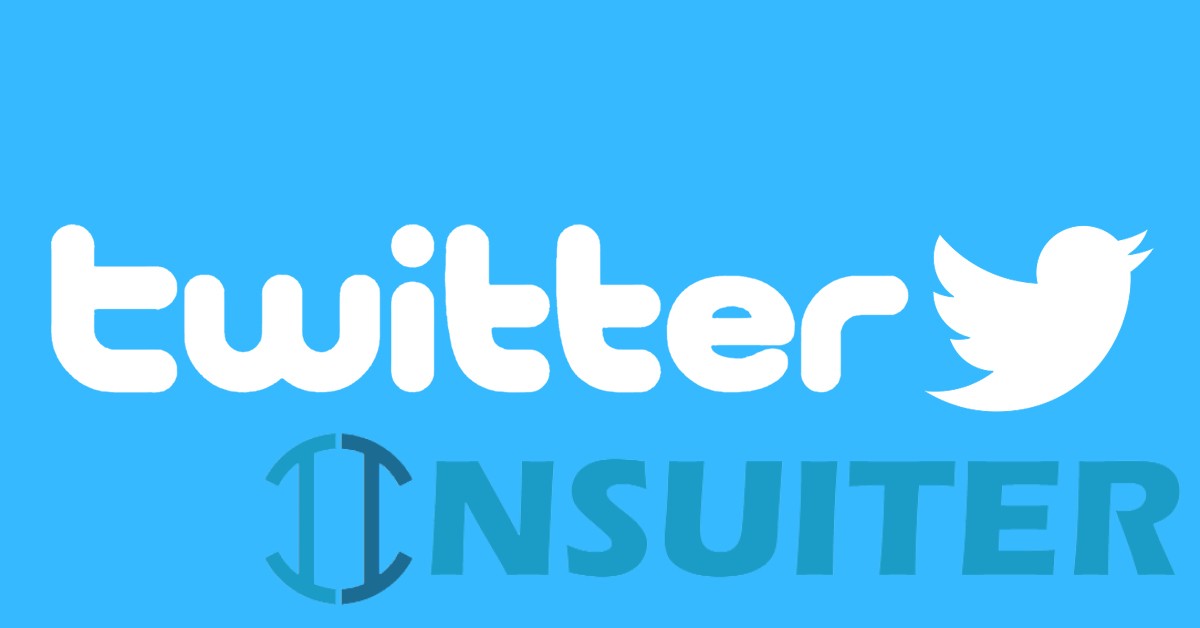What Is The Difference Between A Friend And A Follower On Twitter
When I initially joined Twitter, I thought the one-way following mechanism was strange – but it’s obvious now that it’s extremely strong and offers a level of depth that two-way friend requests can’t match. However, I was first perplexed. After all, hadn’t all social networks come to a consensus on two-way friend requests that both sides must accept? Why bother trying to repair it? It felt like it would simply be confusing, and it could even scare some people out that they were being watched by strangers.
Let’s start with the problem of social groups.
Friendship segmentation and social groups
The fast growth of users on Facebook, My space
and other social networks at the same time as Twitter was just getting started prompted a slew of very fundamental and critical concerns about these social apps. Among these concerns are:
Will there be a single social network that rules them all?
Will you, on the other hand, utilize one social network for business, another for personal life, and perhaps others for vertical interests?
If there is just one, how will you divide your professional buddies from your personal pals?
On a design level, how will this work? What about from a technological standpoint? (Also known as Data Portability?)
These are all excellent issues, and they highlight a number of possible flaws in the all-in-one social networking paradigm. Many additional communication methods, such as phone, email, and so on, show individuals segmenting their identities. Their business voicemail will be dull, but their personal voicemail will be entertaining, and they’ll utilize separate phone numbers for both.
Of course, the original petri dish from which social networks sprout — high school and college students – are exempt from this. Because they exclusively have intimate acquaintances, their social groups are more or less homogeneous. Your social network gets more complicated and divided after you’ve worked a few jobs, traveled around, and seen your friends’ professions split into attorneys and slackers.
Many social networks have adopted the method of grouping individuals into networks and buddy lists to address this problem. People are assigned to various lists, either by self-assignment or by you. Of course, this stumbling block is just a tedious security setup that customers have had difficulty with in the past.
The “follow” mechanism on Twitter is a good example of this.
The beauty of Twitter’s one-way following approach is that it adds depth and a few basic segmentations to your buddy list without requiring any setup other than pressing a button.
You have the following advantages with the one-way follow design:
People that follow you but do not return the favor
People who do not follow you but who are followed by you
(Friends!) You both follow each other.
You’re not following each other.
It’s great to have these four levels of connections on Twitter; when coupled with Protected Updates, it provides a complex set of definitions that can be performed with just one button: Follow.
There are many advantages: First, opting into a number of pre-existing feeds makes it simpler to get started, and you can fill your timeline without having to wait for anybody to accept your friend requests. Second, it allows you to communicate with a large number of people (@replies), yet your timeline just contains information that you care about since you don’t have to follow individuals you don’t care about. Third, certain profiles are naturally attractive to a wide range of people – celebrities, businesses, media material, and so on – and the one-way follow architecture supports all of these well, while two-way friending complicates matters.
Compare this to the conventional two-way friending scenario, which is backed by social media.
You’ve become pals.
You two aren’t pals.
So, how do you handle Sean Combs, a.k.a. P. Diddy (@iamdiddy)? If you friend him (and he friends you back), you’ll be exposed to the random individuals (like you) who are engaging with him, which will fill your newsfeed with a lot of low-value material.
As a consequence, it’s only natural to divide Diddy’s profile into two parts: a public and a private one, with the private representing “actual” pals and the public representing everyone else. These public accounts on My Space are referred to as “Artist Profiles,” while Facebook refers to them as “Pages.” I assume they handle information coming in and out of these sites differently, so they know not to publish excessive quantities of data from random individuals and can segment those interactions.
Note that My Space was one of the first sites to provide similar celebrity profiles, leading to the creation of so-called My space celebrities such as Tyla Tequila, Forbidden, and others, while I’m not aware of any Facebook celebs 😉
This two-way buddy system with public/private accounts may work, but it’s a lot less elegant than a single “follow” button. In the dual profile version, you’ll either require a lot of setups (which pictures to post, which friends belong in which profile), or you’ll wind up with two different sets of information. Multiple pictures, multiple profile information, and two locations to accomplish anything would be required. In my view, it is not appealing.
Conclusion
In the end, both methods have benefits; the two-way friending paradigm is better at sustaining purely real-life connections. As a result of this capacity, My Space and Facebook have amassed a large amount of real estate and amassed a large number of users. Simultaneously, this approach demands them to build around the complexities brought by celebrities, brands, and businesses, all of which are essential members of your ecosystem for long-term revenue and broad appeal.
As usual, let us know what you think in the comments! See if there are any alternative friending models that provide benefits.

